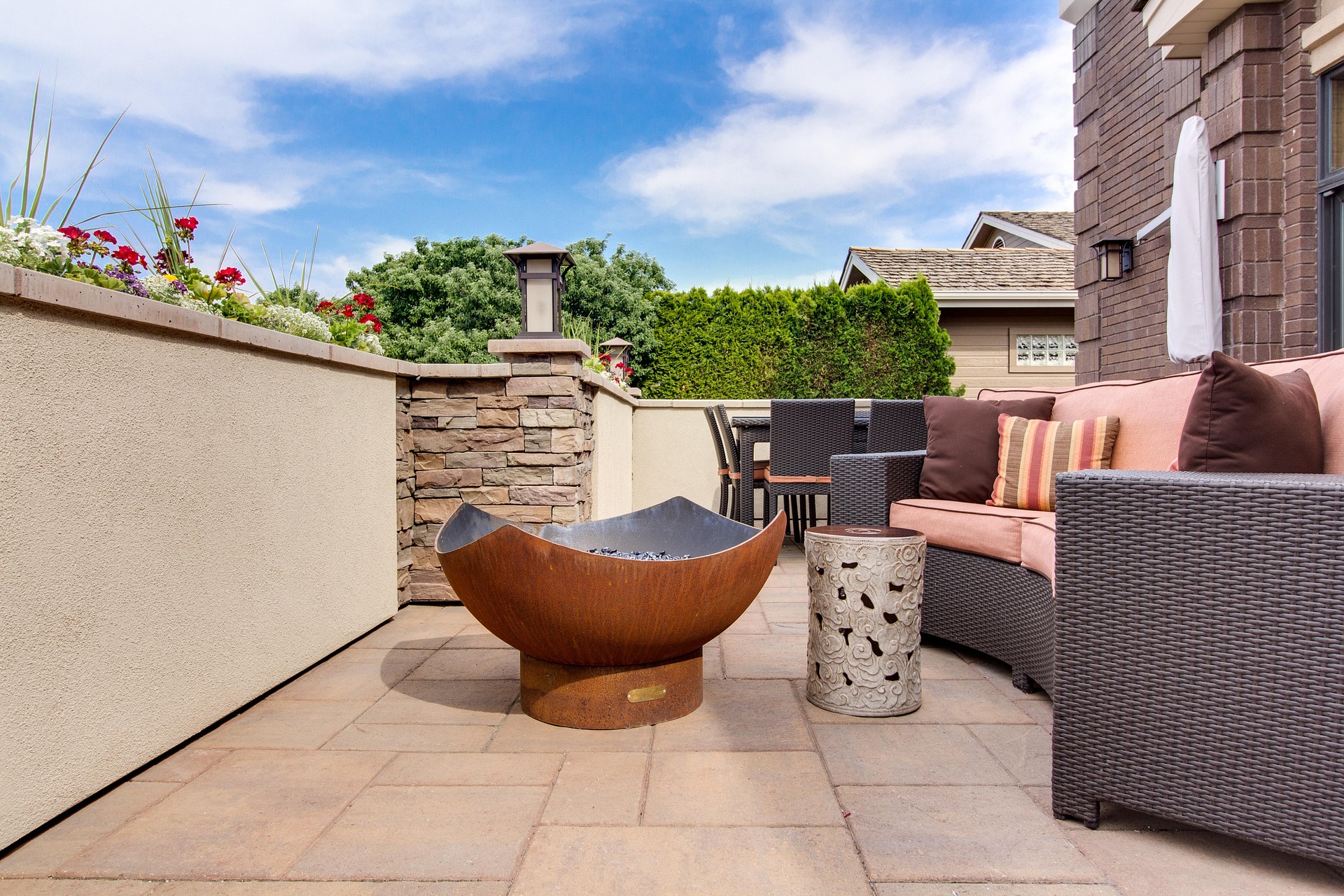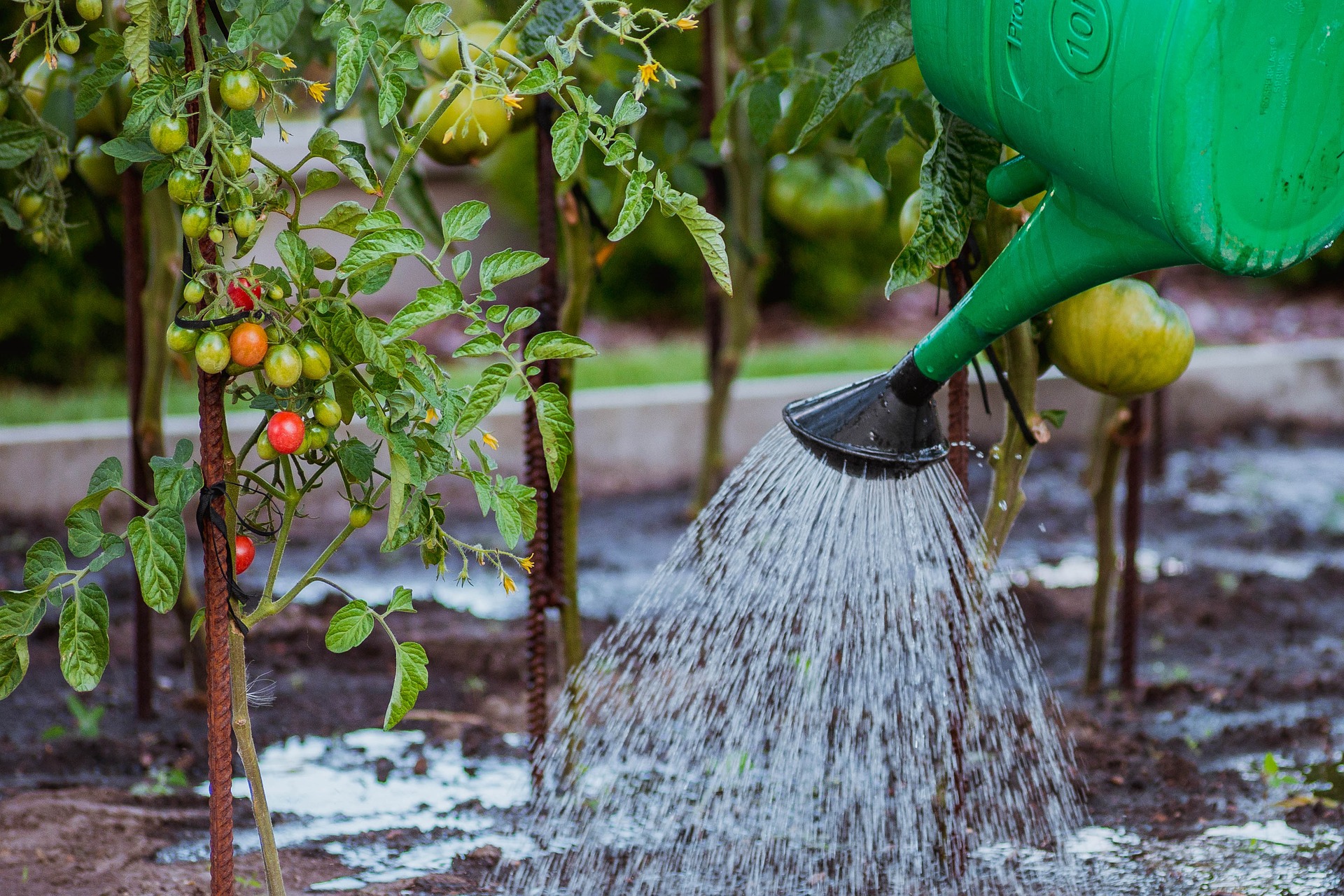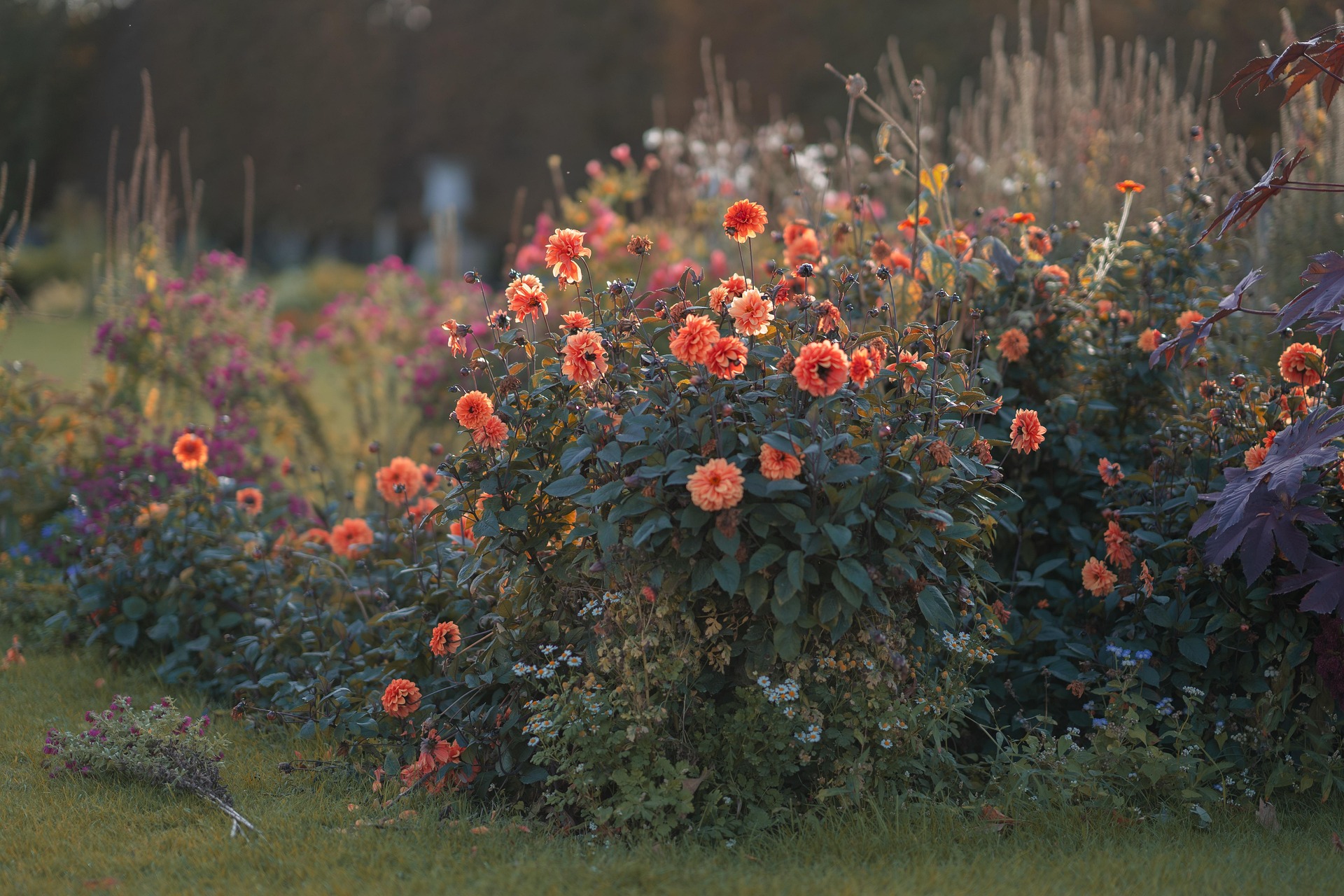Creating a Versatile Patio Space in Your Garden

A well-designed patio can completely transform your garden, turning it into an extension of your home where you can relax, dine, entertain, or even work. But to get the most from your outdoor space, your patio should be more than just a paved area with a table and chairs. It should be versatile, adapting to different needs throughout the day and across the seasons.
Whether you have a large garden or a small courtyard, here’s how to design a flexible patio space that works hard and looks great, all year round.
1. Start with Purpose: What Will You Use It For?
Before you dive into choosing materials or furniture, take a step back and think about how you’d like to use your patio. A versatile patio space should be designed around your lifestyle, not just aesthetics.
Do you love entertaining? You’ll need plenty of seating and possibly an outdoor dining area or bar.
Do you want a place to relax? Think about cozy seating, soft lighting, and shade options.
Need a space for the kids to play or do homework outside? Make sure there’s room for multi-use furniture and durable surfaces.
Looking for a low-maintenance space? Material choice and layout will be key.
Write a list of your must-haves and nice-to-haves, and keep these in mind throughout the design process.
2. Choose the Right Location
The placement of your patio can influence how comfortable and useful it is. Ideally, choose a spot that gets a good balance of sun and shade, is easily accessible from the house, and has some shelter from wind.
If your garden layout allows it, you might even consider more than one patio zone—for example, a sun-drenched breakfast nook near the kitchen, and a shady retreat further down the garden for evening relaxation.
3. Plan the Layout for Flexibility
The best patios have flexible layouts that can easily adapt to different occasions and group sizes. Here are some layout tips:
Use zoning to define areas for lounging, dining, and perhaps even cooking or gardening.
Leave space around furniture so it can be rearranged depending on your needs.
Consider modular furniture that can be moved or stacked when not in use.
Add built-in features like benches or raised beds that can double up as extra seating or table space.
Think of your patio like a living room—you want it to feel welcoming, functional, and adaptable.
4. Pick the Right Materials
The materials you choose for your patio should strike a balance between durability, style, and comfort. You’ll want something that looks good but also handles weather changes and wear-and-tear well.
Popular patio materials include:
Natural stone (e.g., sandstone, slate) – Timeless and durable, with great texture and variation.
Porcelain tiles – Sleek, modern, and stain-resistant.
Concrete – Affordable and versatile, with a range of finishes.
Timber decking or composite – Warmer underfoot, great for raised patios or areas that need good drainage.
If you have young kids or plan to use the patio barefoot, make sure the surface isn’t too rough or slippery when wet.
5. Invest in Smart Furniture Choices
Patio furniture plays a major role in how versatile your space is. Choose multi-functional, weather-resistant furniture that fits the way you live.
Modular sofa sets can be rearranged for lounging or dining.
Folding chairs and extendable tables are ideal for smaller spaces.
Built-in benches save space and can incorporate hidden storage.
Outdoor poufs or stools double up as extra seating or footrests.
Look for lightweight pieces that can be easily moved and stored. And don’t forget cushions and throws—opt for outdoor fabrics that resist moisture and fading.
6. Think Vertically
In smaller gardens, or where space is tight, using your vertical space can increase functionality and create a more dynamic design.
Wall-mounted planters or living walls add greenery without taking up floor space.
Pergolas or arches create shade and structure while allowing climbing plants to flourish.
Hanging lights, lanterns, or shelves can enhance ambiance and utility.
Vertical elements also help define the space and make your patio feel more like an outdoor “room.”
7. Add Lighting for Extended Use
To make your patio functional into the evening, good lighting is essential. Think in layers, just like you would indoors.
Ambient lighting: String lights, festoons, or lanterns for atmosphere.
Task lighting: Wall lights near the house, or lamps near seating areas.
Accent lighting: Uplights for plants or downlights on pergolas to highlight features.
Solar-powered lights or low-voltage LED systems are great energy-efficient options. Add dimmers or smart controls for maximum flexibility.
8. Create Shade and Shelter
The best patios work in all weather, not just on sunny days. To keep the space usable year-round, consider adding:
Retractable awnings or umbrellas for quick shade.
Pergolas with climbing plants for dappled light and cooling.
Sails or canopies for a modern, architectural touch.
Waterproof covers or a roofed structure to offer rain protection.
By creating shelter, you open up possibilities for working, dining, or simply relaxing outside—regardless of the weather forecast.
9. Include Storage Solutions
A tidy patio is a functional patio. Built-in or discreet outdoor storage can help keep cushions, blankets, tools, and toys out of sight when not in use.
Look for:
Storage benches or coffee tables with hidden compartments.
Slimline outdoor storage cabinets.
Hooks and racks for tools or garden accessories.
Keeping the space uncluttered helps maintain a calm, usable atmosphere and allows for quick reconfiguration as needed.
10. Add Personality and Comfort
Finally, don’t forget the finishing touches! Soft furnishings, color, and greenery help make your patio feel like a natural extension of your home.
Outdoor rugs define zones and add texture.
Potted plants and herbs bring life and fragrance to the space.
Throws and cushions add comfort and style.
Candles or fire pits create cozy evening ambiance.
The more inviting the space feels, the more you’ll use it.
Final Thoughts
A well-designed patio can serve as a dining room, a lounge, a play area, and even a workspace—all in one. With careful planning, smart design, and a touch of creativity, you can create a patio that not only looks beautiful but truly adapts to your lifestyle.
Whether you’re sipping coffee in the morning sun, hosting a summer BBQ, or winding down under the stars, a versatile patio gives you the flexibility to enjoy your garden however—and whenever—you like.





